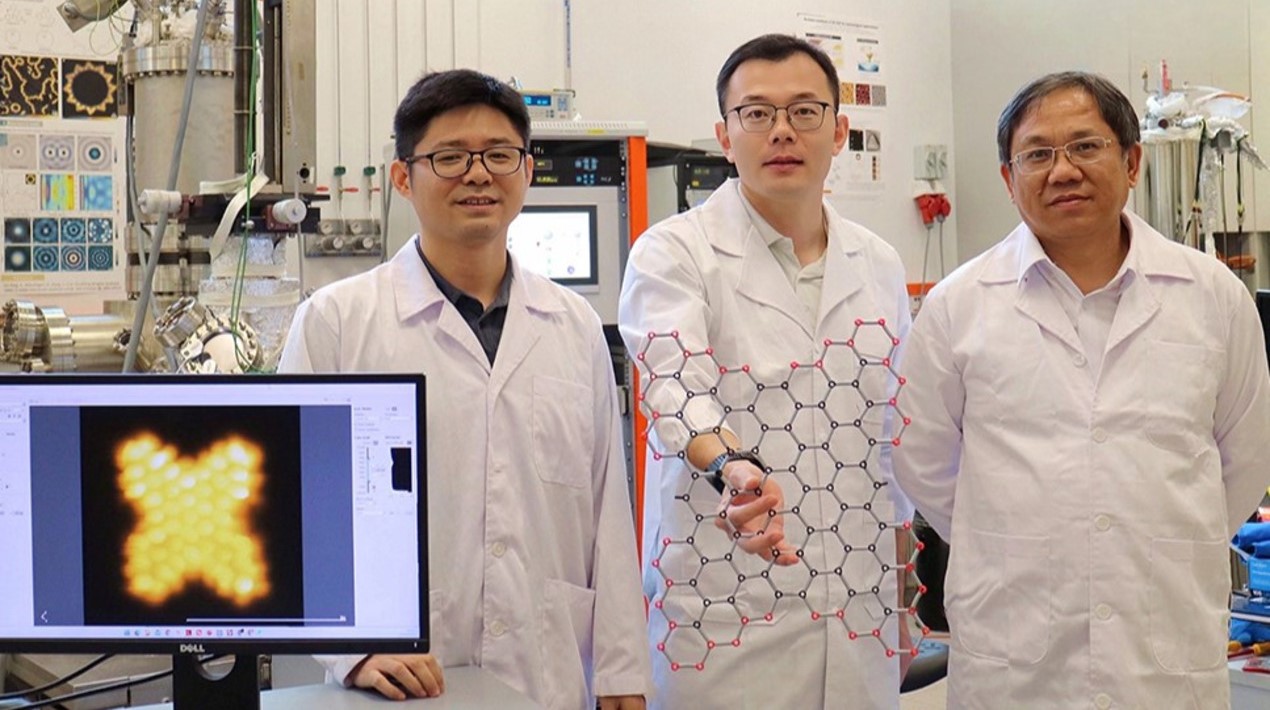
Singapore’s central bank, the Monetary Authority of Singapore (MAS) has entered into a Cooperation Agreement (CA) with the Abu Dhabi Global Market (ADGM) to cooperate on developments and initiatives that nurture FinTech entrepreneurship and support innovation in financial services in Singapore as well as Abu Dhabi.
Abu Dhabi Global Market (ADGM) is an international financial centre located in the capital city of the United Arab Emirates, established in October 2015 to leverage Abu Dhabi’s strategic strengths in private banking, wealth management and asset management. Registered companies can conduct business in a zero-percent tax environment and within an international regulatory framework with its own independent judicial system and legislative infrastructure based on Common Law, supported by ADGM’s three independent authorities, the Registration Authority, the Financial Services Regulatory Authority (FSRA) and ADGM Courts.
The CA establishes a strategic framework for the two regulators, MAS and FSRA, to assist start-ups and innovators in understanding the regulatory regime in each jurisdiction and provide support through the application and authorisation process.
The press release also mentioned that the two authorities will undertake and explore joint innovation projects on the application of key technologies including digital and mobile payments, blockchain and distributed ledgers, big data and flexible platforms (API).
A Financial Technology & Innovation Group (FTIG) was set up within MAS in August 2015 for formulating regulatory policies and developing strategies to facilitate the use of technology and innovation to better manage risks, enhance efficiency, and strengthen competitiveness in the financial sector.
MAS set up its own innovation lab, called Looking Glass, in August 2016, for allowing MAS to experiment in collaboration with financial institutions, start-ups, and technology vendors and facilitating consultations for start-ups by industry experts on legal, regulation, and business-related matters. Several other Fintech related initiatives have been taken during the past year, such as setting up a Data Analytics Group, regulatory sandboxes and proof-of-concept project to use blockchain for interbank transfers. Steps such as sandboxes and Looking Glass are meant to support start-ups and foster innovation in a safe environment. MAS’ regulatory approach towards FinTech, based on continuous risk assessment and evaluation also ties in with this.
Meanwhile, FSRA launched the Regulatory Laboratory (RegLab) in November 2016 with the similar objective of providing a controlled environment for Innovator Businesses to develop and test innovative solutions and to support FSRA in the development of risk-appropriate and effective regulations for such innovation.
Now this agreements brings the two regulatory authorities, enabling them to work together on aligned objectives in the development of FinTech.
The CA was signed by Mr. Sopnendu Mohanty, Chief FinTech Officer of MAS and Mr. Richard Teng, Chief Executive Officer, FSRA of ADGM. Mr. Mohanty said, “The cooperation that is forged with ADGM marks another step towards strengthening links between regulators, and fostering synergies in promoting innovation and developing capabilities through international cooperation. The Agreement will open up new avenues and create opportunities for FinTech firms in Singapore and Abu Dhabi looking to expand into each other’s markets. We look forward to greater knowledge exchange and deeper financial cooperation with the FSRA that will nurture a vibrant FinTech global ecosystem.”
Mr Richard Teng, CEO, FSRA of ADGM said, “We are delighted to embark on this partnership with MAS, a leading global Fintech Hub, to advance innovation and the use of technology to promote growth in the financial sector and protect the best interests of investors in our jurisdictions. Asia and the MENA regions have immense growth potential and a large underserved financial sector. We hope that through closer collaboration with like-minded FinTech hubs, we are able to leverage the strengths and expertise of our markets to more efficiently address the immediate needs of the industry in respective regions and anticipate the demands of the future.”
Read the press release here.
















